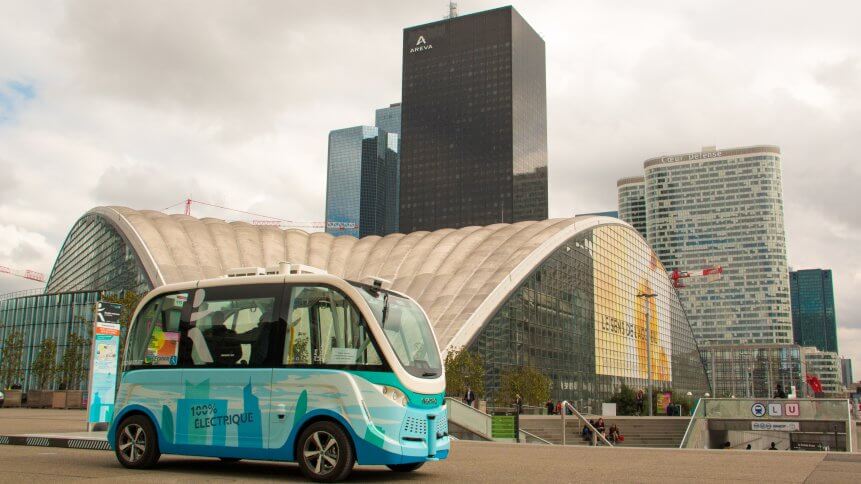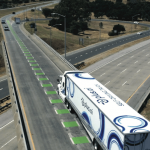Will low-cost sensors pave the way for autonomous cars to become mainstream?

It’s 2020 and it’s crystal clear that autonomous vehicles are here to stay. Autonomous vehicles – or cars that operate without any human intervention – have grown by leaps and bounds over the past few years. Just last year we witnessed how an autonomous truck made a successful three-day trip across the US – an impressive feat in the industry.
And it’s poised to get better.
Buoyed by factors such as automotive players’ growing interest in the field and a healthy stream of investments pouring in, it seems that the industry has nowhere else to go but up. For instance, the self-driving car market is expected to generate an eye-popping global revenue of US$173.15 billion by 2023.
Unsurprisingly, the competition is heating up as companies jostle to lead the pack in making these vehicles commercially viable.
Various industries stand to benefit from autonomous vehicles
Autonomous cars have the potential to both disrupt and benefit various industries. Retail giant Walmart has teamed up with robotics and autonomous vehicle firm Nuro to kickstart self-driving deliveries to customers’ doorsteps.
An increasing number of established carmarkers are also venturing into automotive vehicles. For instance, Hyundai announced last month that it was investing a whopping US$50 billion over the next five years to become a brand leader in smart vehicles.
Despite the potential of autonomous vehicles, the cost of underlying systems such as sensors, radar, and communication devices serve as some of the biggest roadblocks to their adoption.
However, German automotive supplier Robert Bosch’s launch of low-cost sensors for self-driving cars could be a game-changer for the industry. The company announced on Thursday that it had developed a sensor that allows cars to “see” a three-dimensional view of the road, reported Reuters.
The internally-developed lidar sensors would cover both long and close ranges on motorways; in the city, it will work in conjunction with the company’s camera and radar technologies.
Lidar technology – which relies on light-based sensors to generate a three-dimensional view of the road – is an emerging technology that is still in flux, said the report.
Currently, the technology is still too expensive for commercial market use; they sell for less than US$10, 000 in small quantities but analysts say they must be sold for as little as US$200 in mass quantities for wide adoption.
YOU MIGHT LIKE

Oracle launches world’s first autonomous OS
Bosch’s focus on lowering the cost of lidar technology for market distribution is likely to accelerate the integration of driverless systems and mainstream vehicles.
But the German tech giant isn’t the only company investing in lidar technology – Ford and Alphabet Inc’s Waymo are also exploring the potential of this light sensor-based technology. Startups working on lidar technologies are also pumping in millions of dollars to expand the development of this technology.
Meanwhile, Tesla and Nissan are less enthusiastic about investing in lidar due to its high cost and limited capabilities.
Last April, Tesla’s CEO Elon Musk reiterated the impracticality of adopting lidar technology, adding that “anyone relying on lidar is doomed.” To date, Tesla’s vehicles rely on various sources of data to operate autonomous driving, including GPS, maps, radar, ultrasonic sensors, among others. For Tesla, cameras will be the key enablers for self-driving vehicles; its CEO believes it will enable Tesla to “see” through the most adverse weather conditions.
For now, the debate over the best technology for autonomous vehicles continues. But one thing is for sure, the lowered cost of sensors can serve as a springboard for driverless cars to become mainstream.









